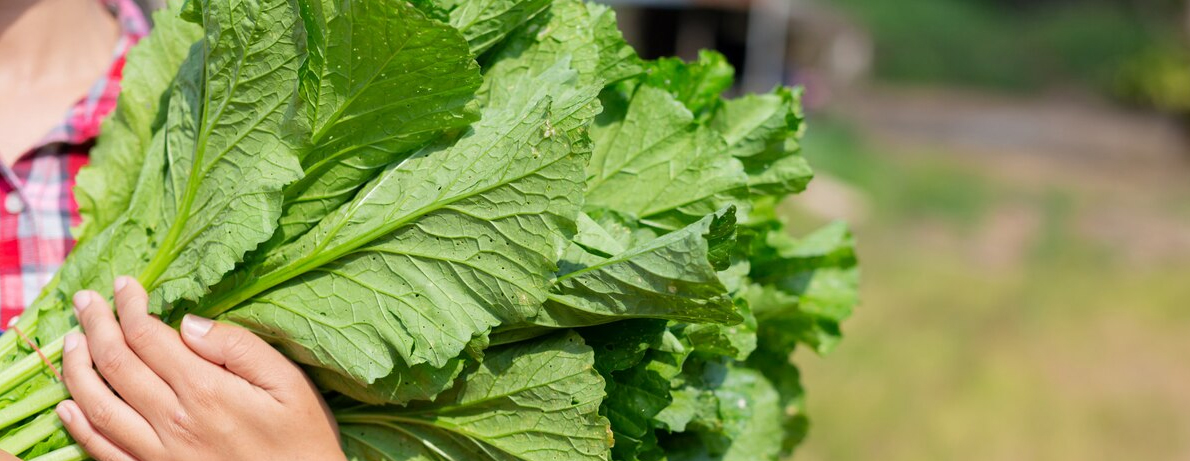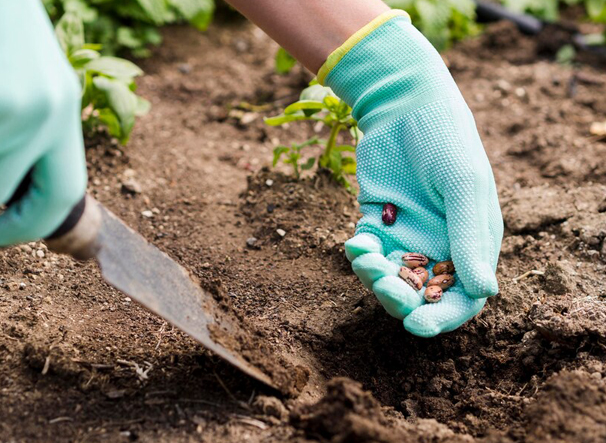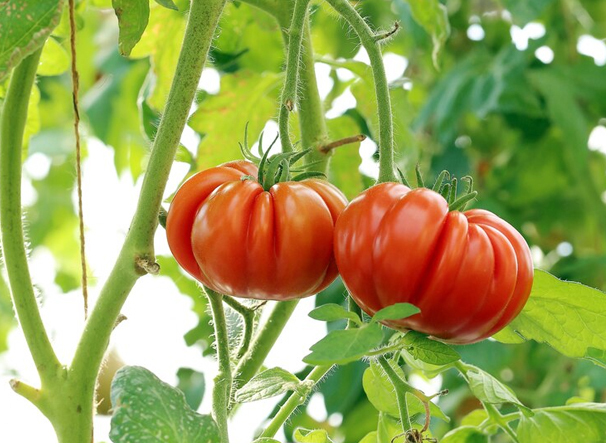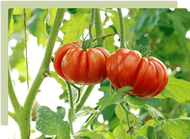Posted by Kelly Jean Reyland
6th Oct 2023
Planning and planting your summer vege garden

The physical prep work is done! Hopefully, if you've read our blogs on crop rotation and successional planting, you'll be inspired to do some planning before you start planting. Plan out the plants you want to grow, where you will plant them in your garden, when to plant them so they will be ready when you want them, if there is preserving you want to do, and how many plants you need to get your necessary harvest.
Before you set foot in a garden centre, I highly recommend that you have the list of plant varieties and numbers you need in your hand and stick to it! I say this because when you are surrounded by all sorts of different seedlings and varieties, it's very easy to get carried away and over enthusiastic and end up with a trolley of plants you do not have space for or were not planning to grow. The same has to be said for scrolling through seed catalogues. The gardeners equivalent of a candy store!

It’s a really good idea to check out the maturity times for the vegetables that you want to plant. Particularly if you are planting from seed or if you want a specific crop ready at a specific time. New potatoes ready for Christmas dinner is a good example. The fastest waxy potatoes take approx. 70 days, the slower growers 90-100 days. Check the variety you want to grow and plan backwards from your date. Allow a few extra weeks to allow for unforeseen circumstances. Waiting for Labour weekend to plant spuds for Christmas dinner leaves no margin for error!
If you are planting from seed you need to allow for a few more weeks before you can plant out. You have more flexibility in how many you sow at a time (which is great for successional planting) but you need to allow for losses. You can start earlier if you are starting your seeds inside or in a glasshouse which is a bonus.
The main cause of drama when planting your summer garden, is the timing of when you can start to get your plants in the ground. At the first sign of sunshine in August some people are in to buy their tomatoes and other tender veges to get them planted. In warmer, temperate areas that is a safe option but in most areas of NZ, the soil is still too cold and there is too much of a risk of frost and cold, windy weather. Planting outside too early generally means being very careful and intentional about covering plants up at any sign of bad weather or more commonly, a repeat trip to the garden centre for replacement seedlings.
Labour weekend has for a long time been the time to get your vege garden planted. The risk of frost is then minimal, soil and overnight temperatures are much warmer and there are longer daylight hours to get out in the garden to plant and tend to it. On the topic of successional planting again, it’s a good plan to avoid planting everything at Labour weekend. Plant some seedlings and then wait 2 or 3 weeks and plant some more so you can have a consistent supply of vegetables coming ready throughout summer. You can keep planting every few weeks up until the start of Autumn with some of the faster growing plant varieties.
A few tips when planting out your garden...
When buying seedlings or sowing seeds, it's always a good idea to ‘harden off’ your seedlings. If seedlings have been inside or in a warm, sheltered spot, they can be very soft and not able to withstand wind and colder temperatures. Put them outside in a semi sheltered spot during the day for a few days for their outer layer to harden up before planting them out.
Stake tall growing plants such as tomatoes and support climbers such as peas and beans so you avoid plants snapping or plants sprawling over other plants. You can also make the most of vertical spaces and climb cucumbers, pumpkins and melons vertically over archways or up support panels.

When planting seeds, the general rule is to sow them at double the diameter of the seed, deep. It also pays to cover with netting as birds love to pull out young seedlings.
Thinning your plants is well worth the effort to get good results for your harvest.
Root crops are always best to sow directly into the ground where you will grow them. They tend to grow wonky if they are transplanted.
It can be very tempting to try different and unusual varieties, and it is great to try new things, but for the majority of your plants, stick to your tried and true varieties and just introduce a few new ones to test out each year before you commit to a large harvest that you might not like the flavour or texture of.
If you are impatient or kids are helping with the gardening, the smaller varieties will be ready to harvest much sooner. Cherry tomatoes and lunchbox or bullhorn peppers instead of regular tomatoes and capsicums are good examples of these. They are also good to snack on when out in the garden!
Be prepared to protect your plants in the event of unseasonal cold, windy or very wet weather. It doesn’t have to be pretty - just protective!
Don’t forget to follow a crop rotation - read this blog for more details.
Written for Gubba by Kelly Jean Reyland from Garden Advice NZ (www.gardenadvice.co.nz)


























